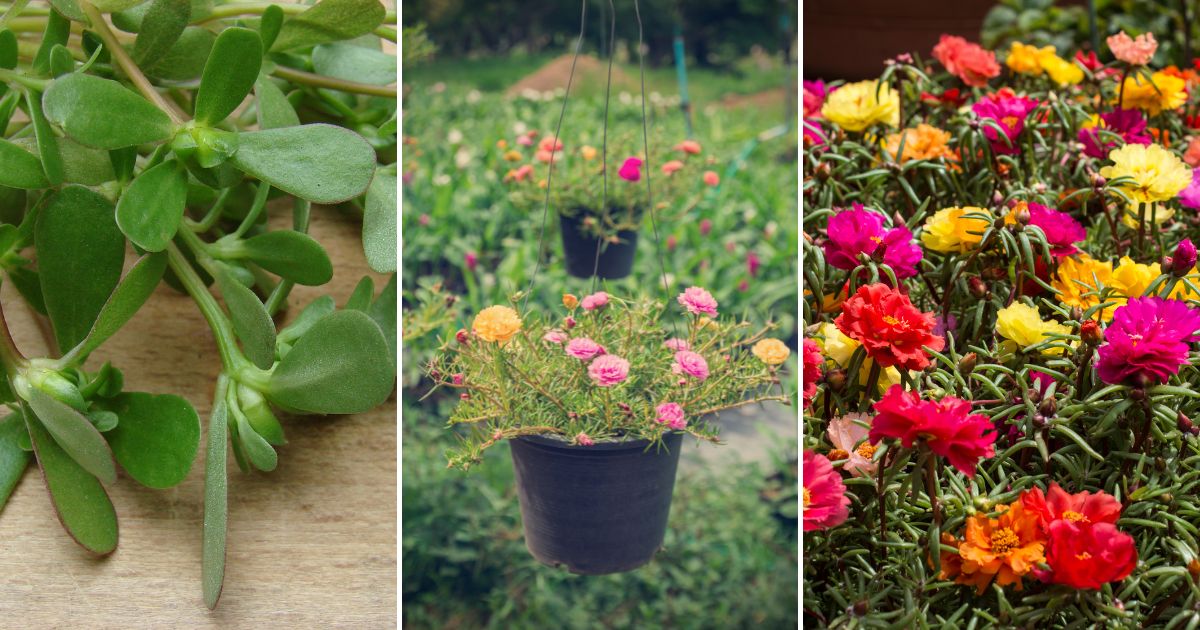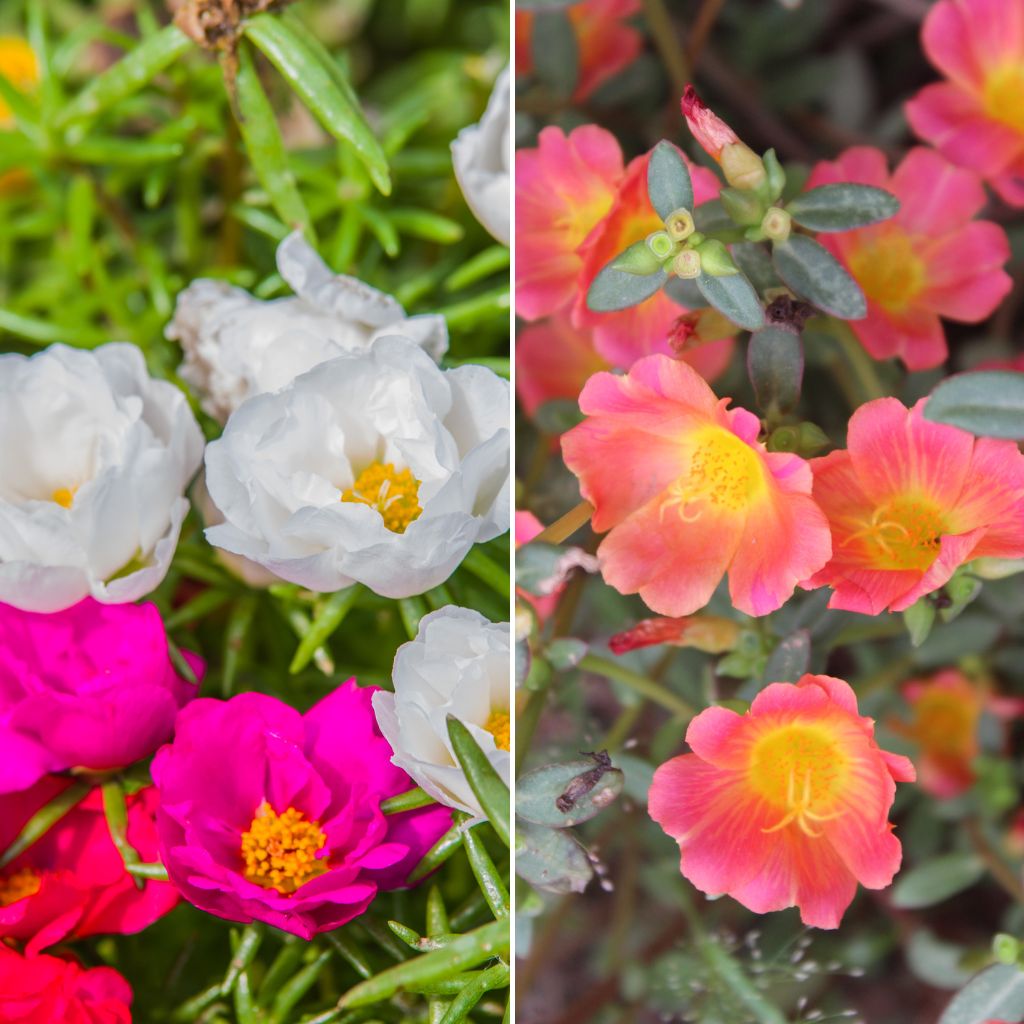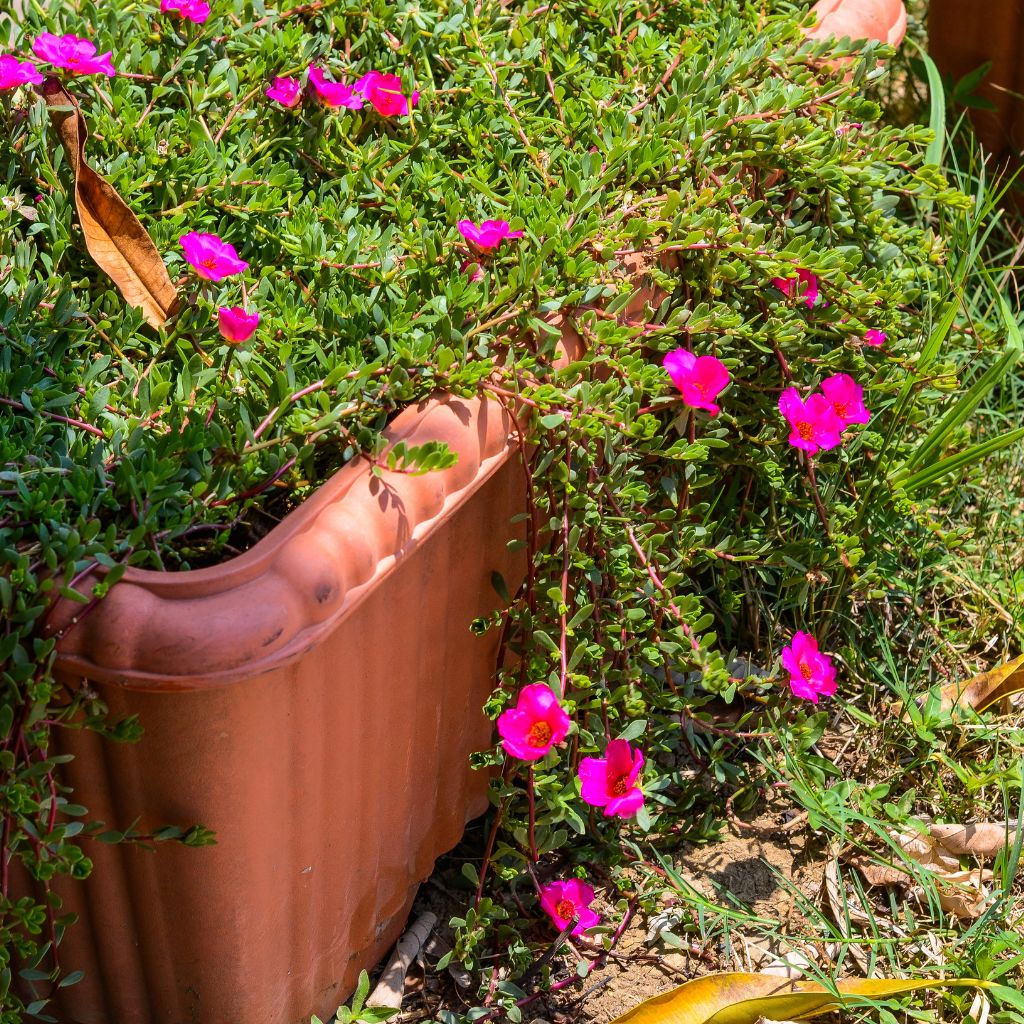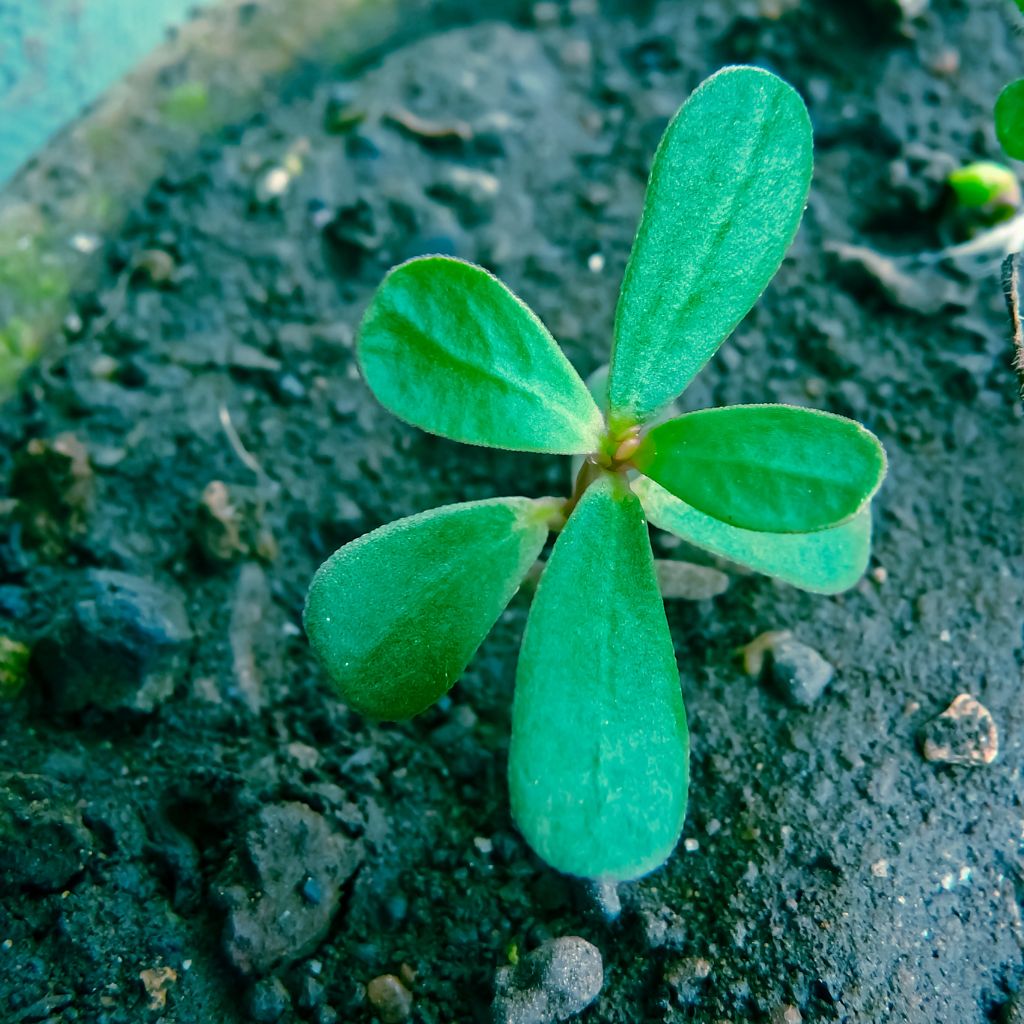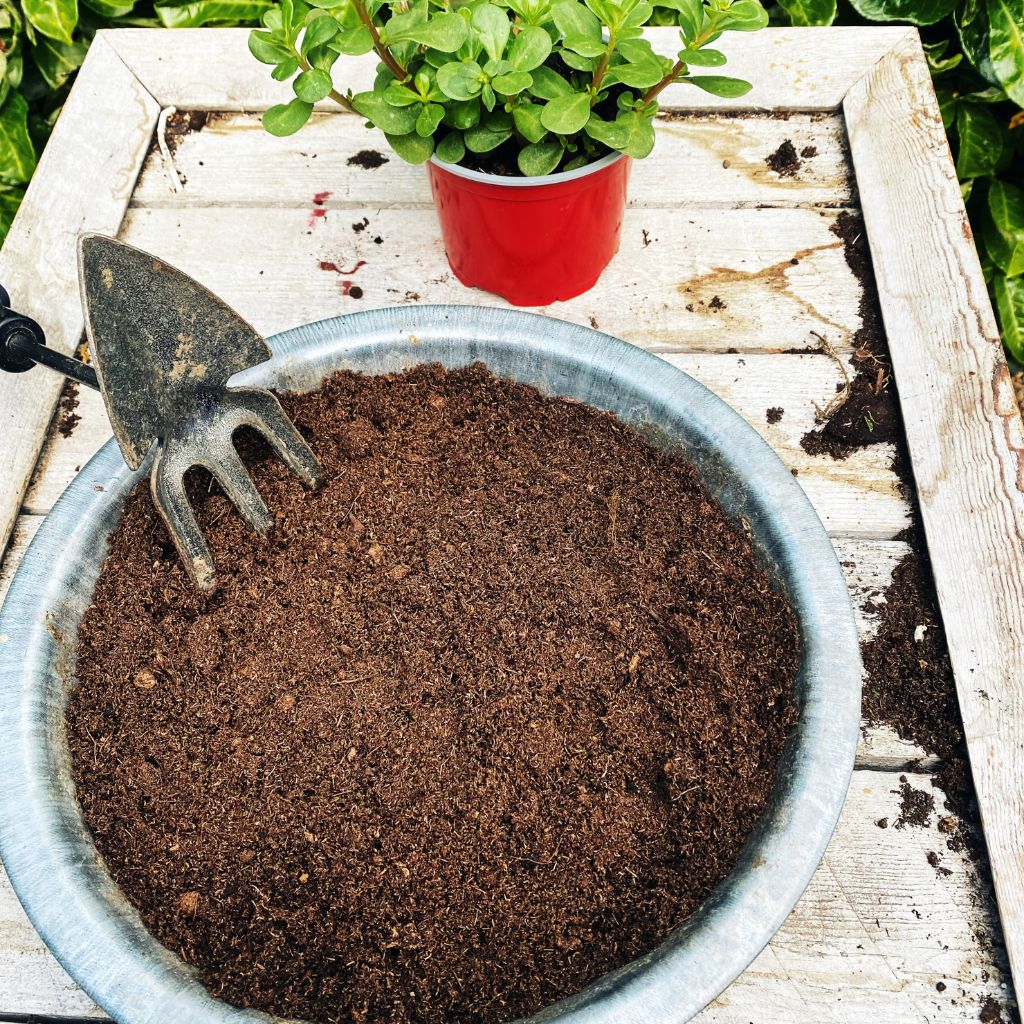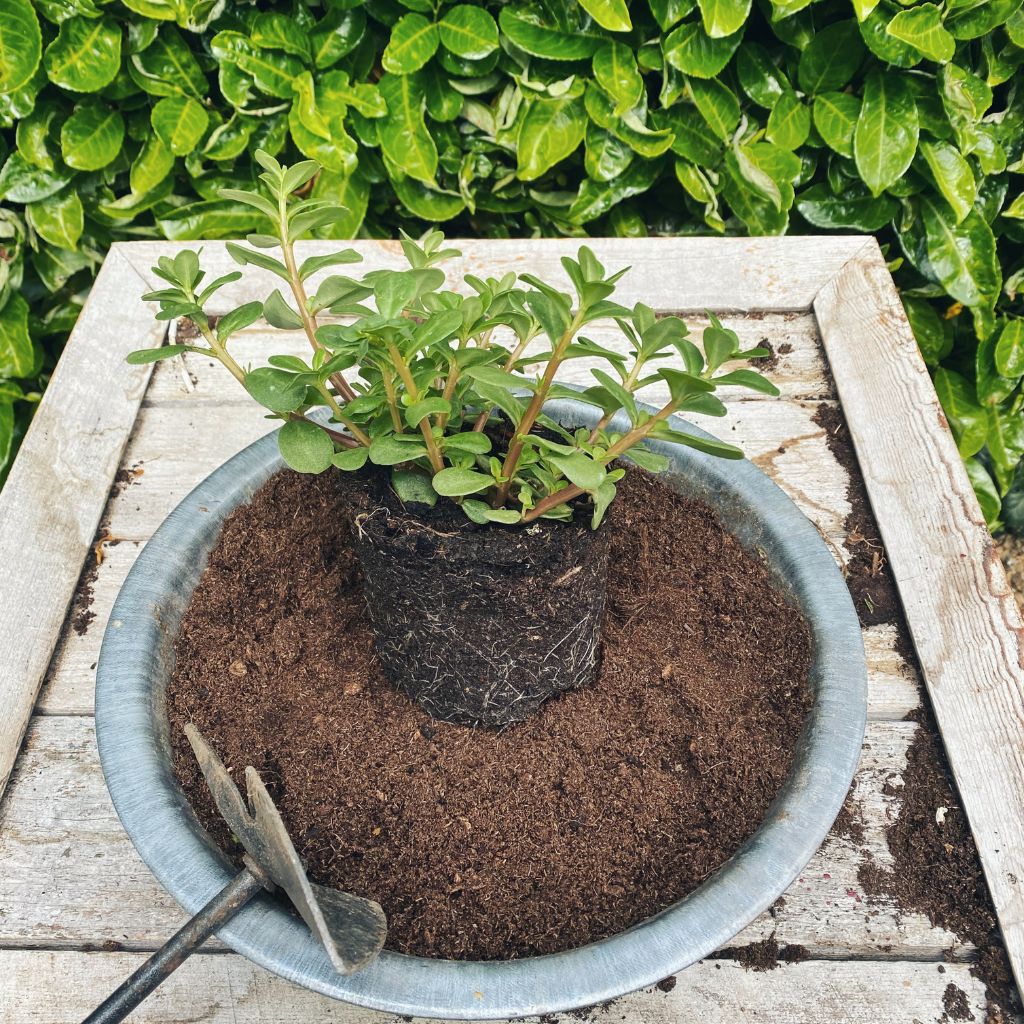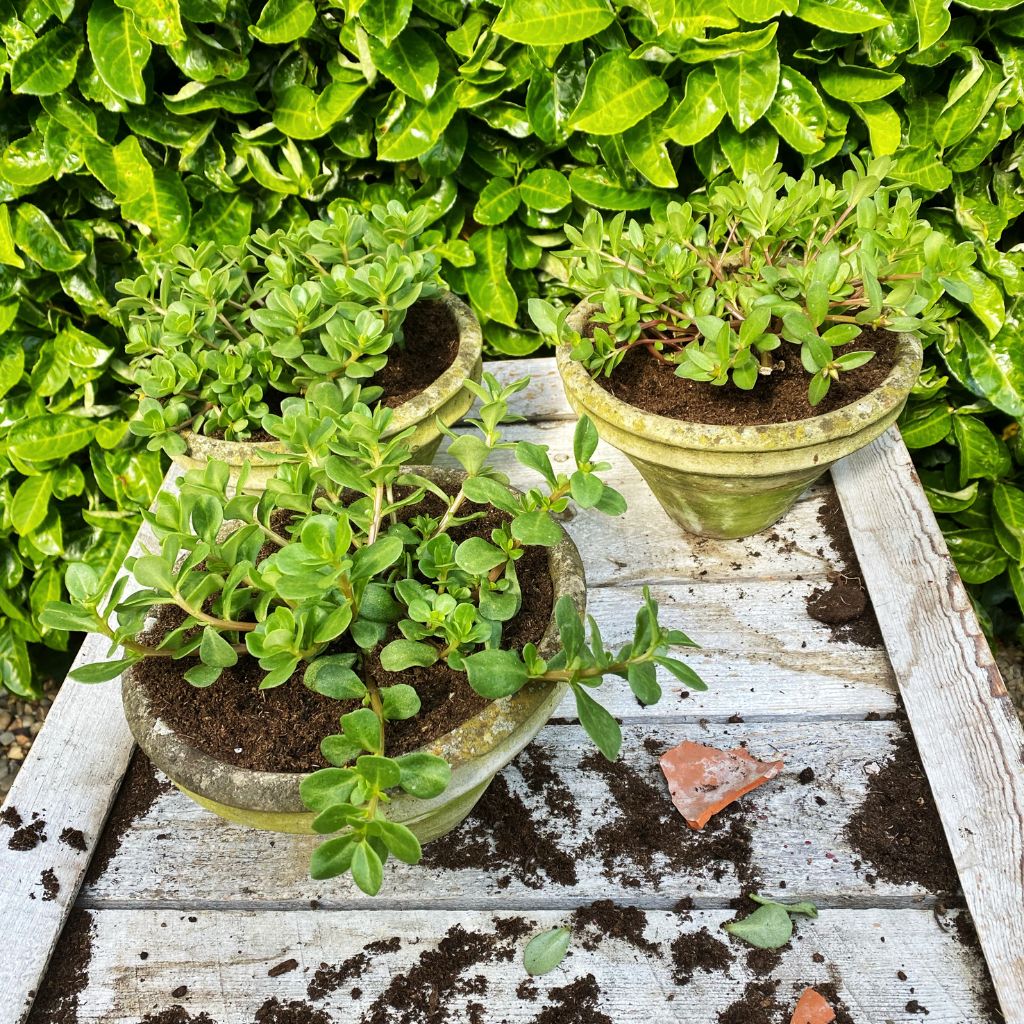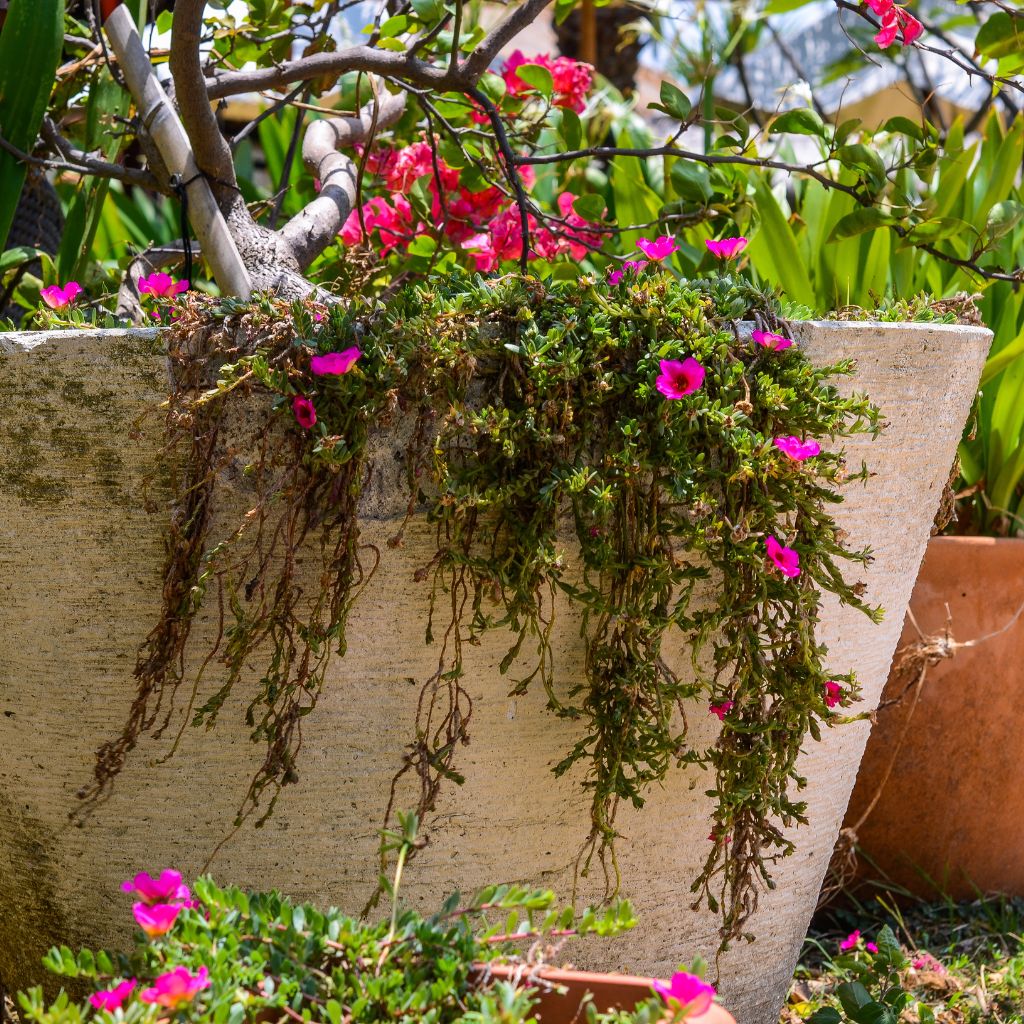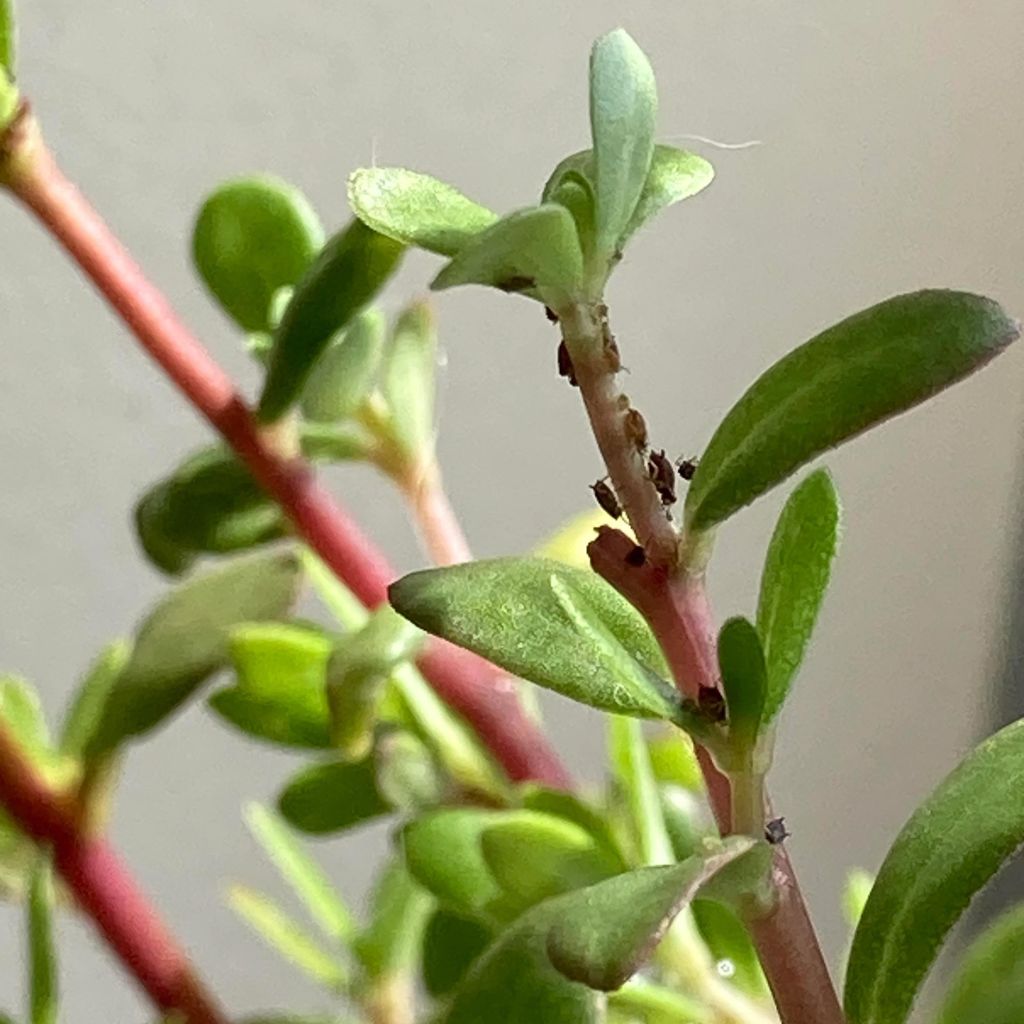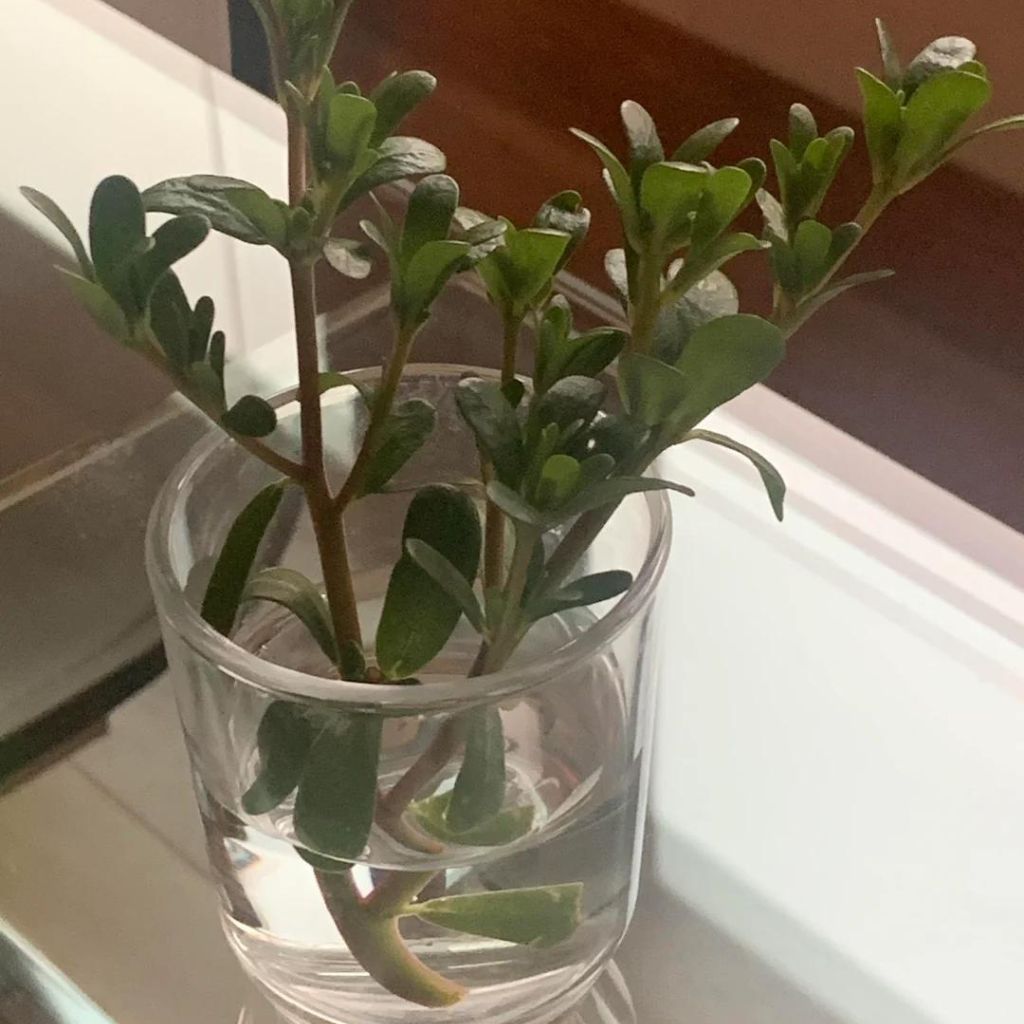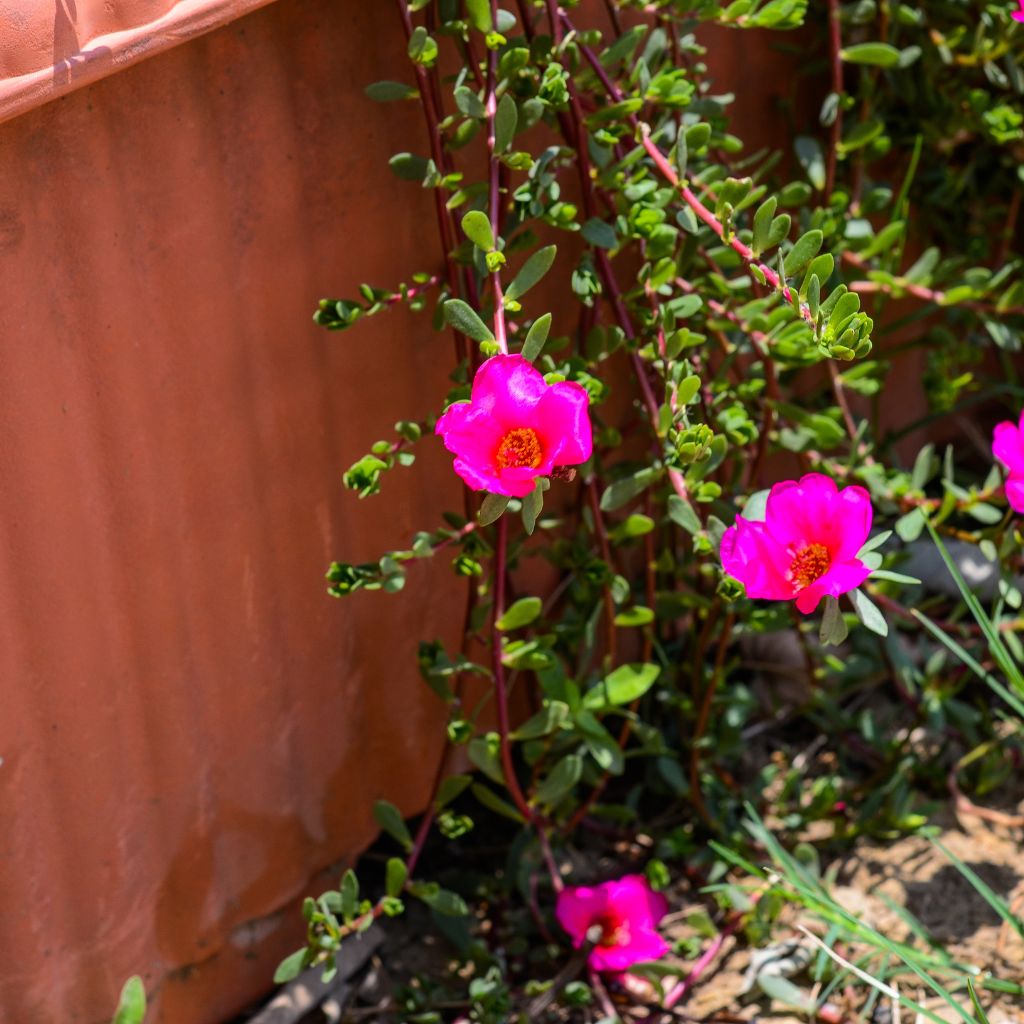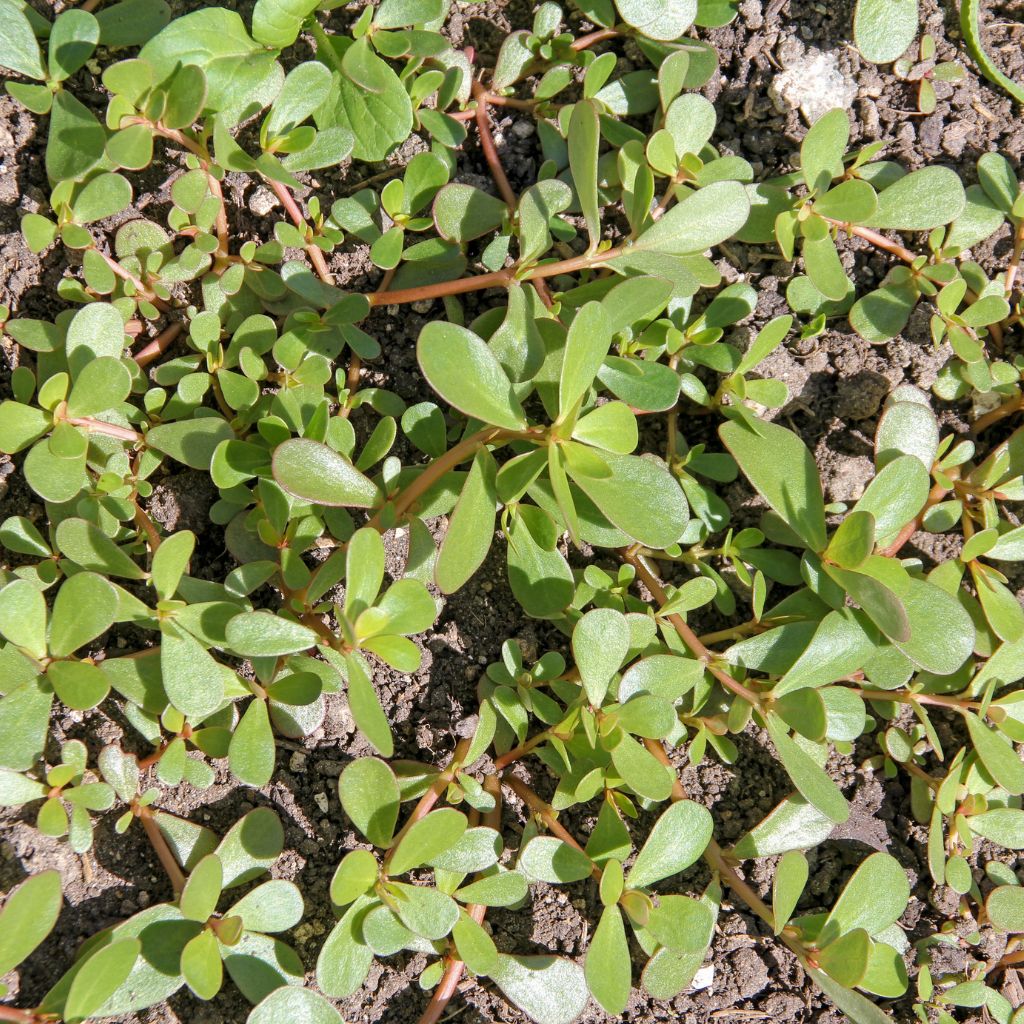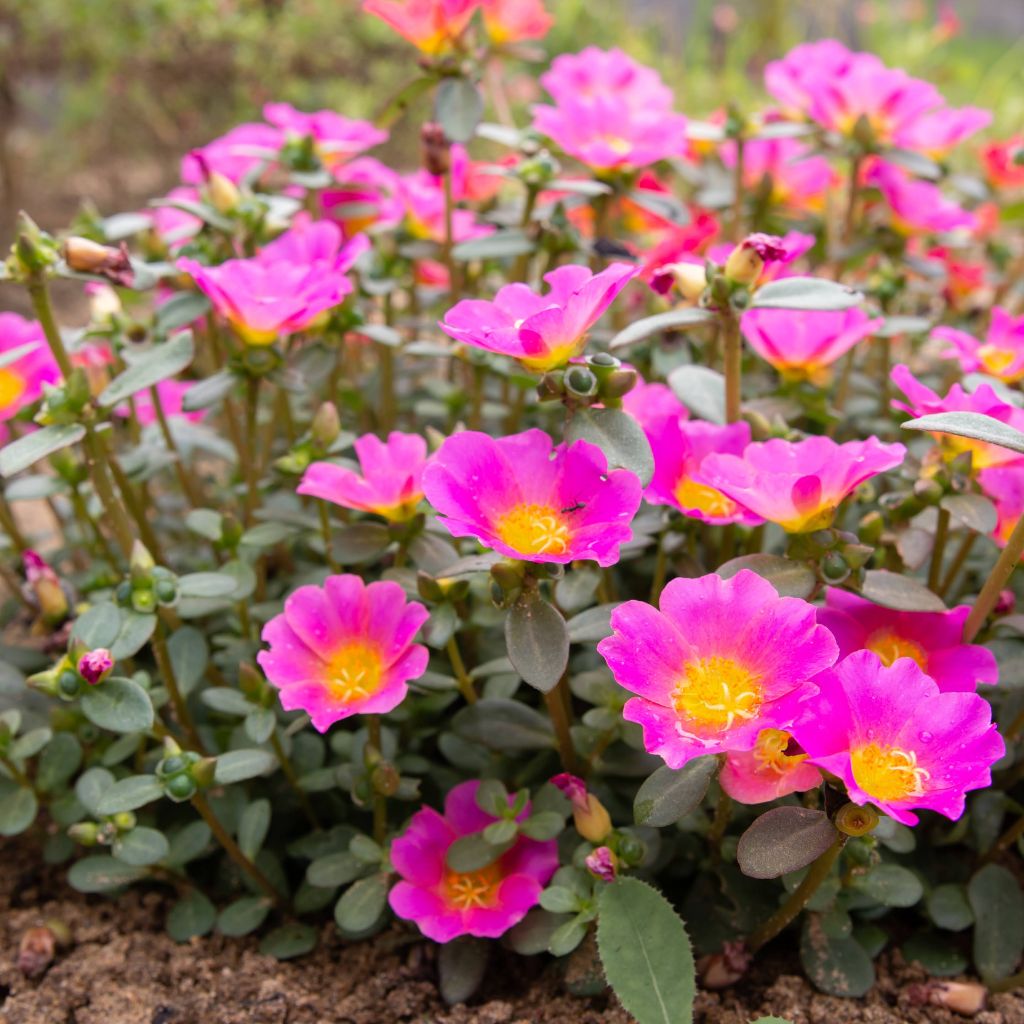If you’re looking to brighten your garden with vibrant colors, Portulaca is an excellent choice.
These hardy, drought-tolerant succulents will reward you with stunning blooms all summer long.
Caring for Portulaca is easy, making it perfect for both beginner and experienced gardeners. These plants thrive with minimal water and can adapt to various soil types, which means you can enjoy a beautiful display without as much effort.
Whether in a garden bed or a container, Portulaca can elevate your space with cheerful colors. With the right care, you can enjoy their lovely blossoms from spring to fall, turning your outdoor area into a vibrant oasis.
What Is Portulaca?
Portulaca is a vibrant and hardy genus cherished for its colorful blooms and low maintenance needs. Known for its ability to thrive in various conditions, understanding Portulaca will empower you to bring these beautiful plants into your garden.
Defining the Portulaca Genus
Portulaca belongs to the family Portulacaceae and is commonly referred to as moss rose or sun rose.
This genus includes a variety of succulent plants that produce showy flowers in various hues. The leaves are thick and fleshy, enabling the plants to store water, which makes them drought-resistant.
These plants are typically low-growing and spread out, creating a lush, mat-like appearance. Many types of Portulaca are prized for their potential to bloom from spring to fall, making them ideal for adding continuous color to your landscape.
Types of Portulaca
There are several popular types of Portulaca, with Portulaca grandiflora being the most well-known. This type features large, brightly colored flowers that can be red, yellow, pink, or white.
Another notable type is Portulaca oleracea, commonly known as purslane. It’s recognized for both its edible leaves and attractive flowers. Some varieties offer double blooms that create a fuller look, enhancing your garden space.
By selecting from these diverse types, you can create a vibrant display that thrives in sunny spots with minimal watering.
Getting Started with Portulaca
Starting your journey with Portulaca can be rewarding and fun. Knowing the right species and choosing the best location will set you up for a vibrant display of blooms all season long.
Choosing the Right Species
Portulaca includes a variety of species, but the most popular are Portulaca grandiflora (moss rose) and Portulaca oleracea (purslane).
Portulaca grandiflora: Known for its large, colorful blooms, it thrives in sunny spots and well-drained soil.
Portulaca oleracea: Also edible and nutritious, this variety grows well in both gardens and containers.
Select the species based on your gardening goals. If you want decorative blooms, moss rose is ideal. If you’re looking for something to eat, purslane serves that purpose too.
Finding the Perfect Location
To flourish, Portulaca requires full sunlight. Aim for at least 6 hours of direct sunlight each day.
- Choose a spot with well-draining soil. Good drainage prevents root rot.
- Consider using raised beds or containers if your soil retains too much water.
Portulaca is drought-tolerant, making it suitable for hot, dry areas. Make sure to avoid shaded spots, as this can hinder blooming. When planted in the right conditions, you’ll enjoy an abundance of colorful flowers throughout the growing season.
Planting Portulaca
Planting Portulaca is an enjoyable process that yields vibrant blooms throughout the growing season. Understanding the best practices for planting will ensure your garden flourishes with minimal effort.
Best Time to Plant
The optimal time to plant Portulaca is in late spring after the last frost date. This timing allows the soil to warm up, which encourages growth.
Aim for temperatures above 70°F (21°C) for the best results. In some regions, mid-summer can also be suitable, as these plants thrive in warm conditions.
If you start from seeds, consider starting them indoors 6 to 8 weeks prior to planting outside. This helps establish a strong start before transferring them outdoors.
Soil Preparation
Portulaca thrives in well-draining soil with a slightly acidic to neutral pH (6.0 to 7.0). Start by testing your soil to assess its pH and drainage ability.
Soil Mix Options:
- Combine equal parts of potting soil, perlite, and sand for improved drainage.
- Add organic matter, like compost, to enrich the soil.
Before planting, remove any weeds, rocks, or debris from the area. Loosen the soil to a depth of about 12 inches to encourage healthy root development.
Planting Techniques
When planting Portulaca, consider both spacing and depth. Space each plant about 12 inches apart to allow for growth and airflow.
If using seeds, scatter them lightly on the surface and press them down gently without covering. For transplants, dig a hole deep enough to accommodate the root ball.
Water the plants thoroughly after planting. This helps settle the soil around the roots.
Use a light layer of mulch around the plants to help retain moisture while keeping weeds at bay. Regular watering is essential, but ensure the soil dries out between waterings to prevent rot.
Caring for Your Portulaca
To ensure your Portulaca thrives, focus on essential watering practices, proper fertilization, and vigilant pest and disease management. Each aspect plays a vital role in fostering vibrant blooms throughout the growing season.
Watering Essentials
Watering your Portulaca correctly is crucial. These plants prefer dry conditions, so avoid overwatering. Allow the soil to dry out between waterings. Typically, watering once a week is adequate in the summer, but you may adjust based on rain and humidity levels.
For optimal results, water early in the morning to reduce evaporation. If you’re growing Portulaca in containers, ensure they have drainage holes. Use a moisture meter to gauge when to water, ensuring your plant stays healthy and vibrant.
Fertilizing for Healthy Growth
Fertilizing Portulaca is relatively simple. A balanced, water-soluble fertilizer used once a month during the growing season works well. Look for a product with equal amounts of nitrogen, phosphorus, and potassium (like a 10-10-10 formula).
Before fertilizing, water your plants to prevent root burn. You can also incorporate slow-release granules into the soil at the beginning of the season. Avoid excessive fertilization, as too much can lead to lush foliage at the expense of flowers.
Pest and Disease Management
Your Portulaca can face common pests such as aphids and spider mites. Inspect your plants regularly for signs of infestations. Insects can usually be managed by rinsing them off with water or using insecticidal soap if necessary.
Watch for disease symptoms like wilting or discoloration. Good air circulation and not overcrowding your plants can help prevent fungal diseases. If you notice any issues, addressing them quickly will keep your Portulaca healthy and blooming beautifully.
Encouraging Blooms
To promote vibrant blooms in your Portulaca, pay attention to their sunlight requirements and maintain proper care through pruning and deadheading. Both factors play a significant role in the blooming process throughout the growing season.
Sunlight and Blooming
Portulaca thrives best in full sunlight. Aim for at least 6 to 8 hours of direct sunlight each day. The more light your plants receive, the more flowers they will produce.
If your Portulaca is in a shaded area, you may notice fewer blooms. Consider relocating them to a sunnier spot to encourage growth.
Monitor the weather and provide extra shade during extreme heat to protect the plant while keeping it in bright light. Remember, vibrant colors tend to appear when the plant feels most energized by the sun.
Pruning and Deadheading
Regular pruning is essential to keep your Portulaca blooming beautifully. Remove any dead or wilted flowers, known as deadheading. This practice encourages the plant to produce more blooms instead of focusing on seed production.
Use clean, sharp scissors to prevent damage to the stems. Trim back any leggy growth to help maintain a compact shape.
You can also prune in early spring to encourage new growth before the blooming season begins. Regular maintenance helps your Portulaca stay healthy and promotes an abundance of colorful blooms all season long.
Seasonal Maintenance
Maintaining your portulaca throughout the seasons ensures vibrant blooms and healthy plants. Focus on tailored care during the summer months and preparation for colder conditions.
Summer Care
During the summer, portulaca thrives in warm, sunny conditions. Watering is essential; do so when the soil feels dry to the touch. It’s better to water deeply less frequently than to water lightly every day.
Fertilization should occur every 4-6 weeks using a balanced, water-soluble fertilizer. This supports lush growth and encourages continuous blooming.
Keep an eye out for pests like aphids or spider mites. If you notice them, gently wash the plants with water or use insecticidal soap. Regular deadheading helps promote more flowers. Remove spent blooms to encourage new growth and prevent seed formation.
Preparing for Winter
When autumn approaches, it’s time to prepare your portulaca for winter. Trim back the plants to about 2-3 inches above the ground. This helps prevent disease and prepares them for dormancy.
Portulaca is typically not frost-tolerant, so consider bringing potted plants indoors or covering them with frost cloth if temperatures drop.
If your climate is cold, you might want to take cuttings for propagation. Place cuttings in water until roots develop, then pot them.
Monitor the moisture levels; too much water can lead to rot. Let the soil dry out between waterings during the cooler months. This will ensure your plants are ready to bloom again come spring.
Propagating Portulaca
Propagating Portulaca is simple and rewarding. You can use seeds or cuttings to expand your collection of these vibrant plants.
Using Seeds
Timing: Start seeds indoors 6-8 weeks before the last frost date.
Soil: Use a well-draining potting mix. Portulaca prefers a sandy or gritty texture.
Sowing: Lightly scatter seeds on the soil’s surface. Press them in gently, but do not cover them, as they need light to germinate.
Watering: Mist the soil to keep it moist but not soggy.
Light: Ensure they receive plenty of sunlight. A south-facing window works well.
Using Cuttings
Selecting Cuttings: Choose healthy stems. Look for those that are at least 3-4 inches long.
Preparation: Cut the stem just below a leaf node. Remove the lower leaves to promote root growth.
Rooting: Place the cutting in a small container with water or a propagation medium.
Light and Water: Keep the cuttings in a sunny area. Change the water frequently if using the water method.
Transplanting: Once roots develop, transplant them into pots or your garden.
Both methods are effective, and you can enjoy more Portulaca blooms throughout the season!
Creative Uses in Landscaping
Portulaca is a versatile plant that adds vibrant color to various landscaping designs. You can creatively implement this blooming succulent in different ways, enhancing the beauty of your garden or outdoor spaces.
Ground Cover Applications
Portulaca works beautifully as a ground cover. Its low-growing habit allows it to spread quickly, filling empty spaces with lush color.
Sun Exposure: It thrives in full sun, making it perfect for hot, sunny areas.
Soil Types: This plant adapts to poor soil conditions, ensuring it thrives even where other plants struggle.
Weed Suppression: Its dense foliage can effectively suppress weeds, reducing the need for maintenance.
Consider planting Portulaca along paths, rock gardens, or the edges of flower beds for a cheerful pop of color that lasts throughout the growing season.
Container and Hanging Basket Ideas
Using Portulaca in containers or hanging baskets creates dynamic, eye-catching displays. Its cascading growth habit provides a stunning effect.
Mixed Planting: Combine it with other drought-resistant plants for a striking arrangement.
Color Combinations: Choose Portulaca colors that complement or contrast with your chosen plants.
Easy Care: These containers require minimal watering, making maintenance a breeze.
Place these arrangements on patios, balconies, or entryways to showcase the vibrant blooms, drawing attention and brightening your spaces all season long.
Troubleshooting Common Problems
Caring for Portulaca is relatively easy, but sometimes issues may arise. Here are some common problems and their solutions.
1. Lack of Flowers
- Ensure your Portulaca is getting enough sunlight. They thrive in full sun.
- Check the soil. It should be well-draining and not too rich in nutrients.
2. Mold or Mildew
- Ensure good air circulation around your plants.
- Avoid watering the foliage; focus on the soil instead.
3. Wilting Leaves
- Inspect watering habits. Overwatering can lead to root rot.
- If leaves are dry and crispy, it might be underwatering.
4. Faded Leaves
- If leaves lose their vibrancy, they may need more light.
- Adjust the location if they’re in shaded areas.
5. Pests
- Look for signs of aphids or mealybugs. These can affect growth.
- Use insecticidal soap or neem oil as a mild treatment.
Maintaining awareness of these potential issues can help you keep your Portulaca healthy and vibrant. Regular observation is key to early detection and treatment.
